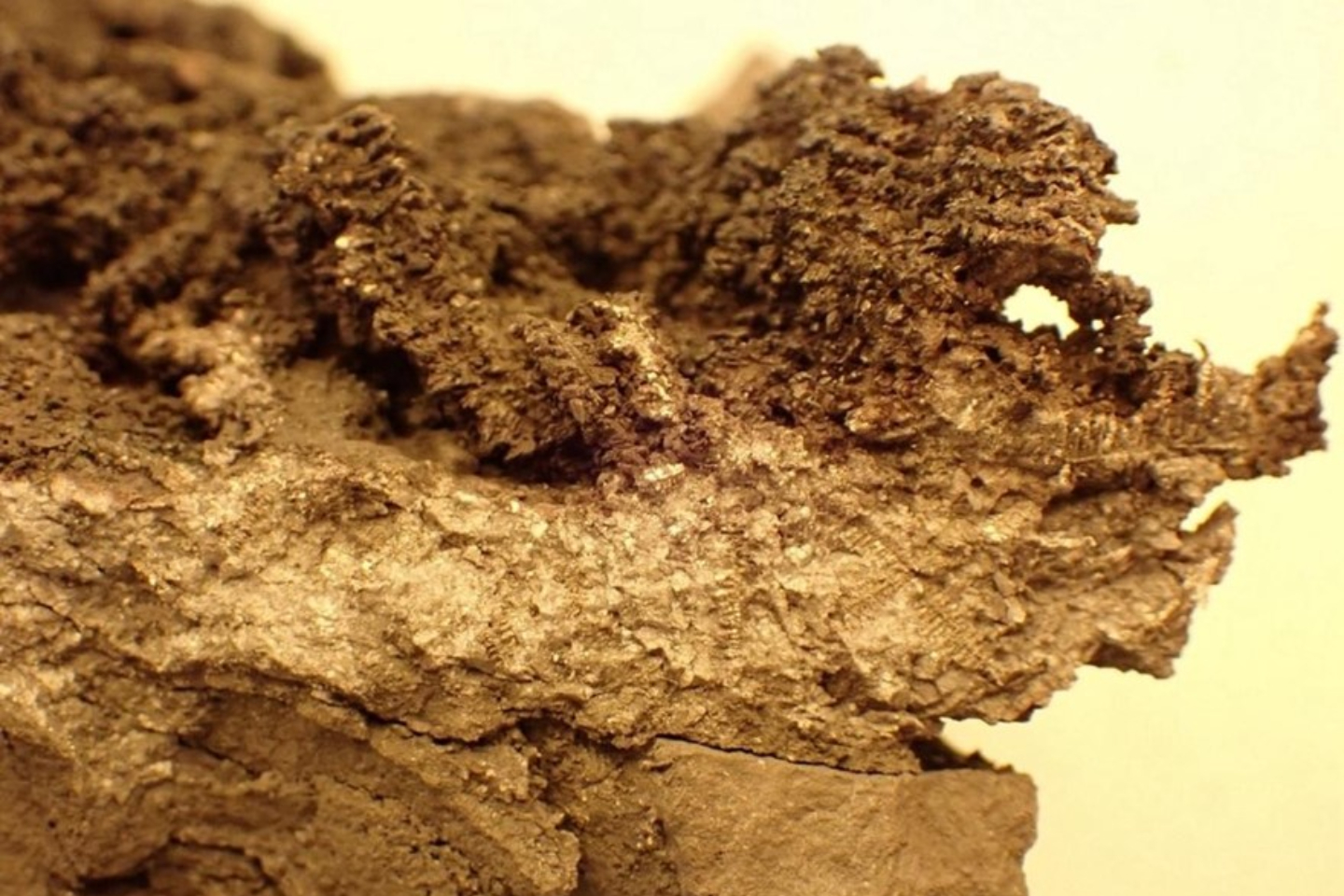White Cliff Minerals has unveiled extraordinary silver grades in rock-chip samples from its Great Bear Lake project in northern Canada, with assays reaching as high as a lab-shaking 75,439 grams per tonne – or 7.54 per cent. The company’s managing director Troy Whittaker probably put it best when he said, “Well, this is not something you see every day”.


White Cliff Minerals has unveiled extraordinary silver grades in rock-chip samples from its Great Bear Lake project (GBLP) in northern Canada, with assays reaching as high as a lab-shaking 75,439 grams per tonne – or 7.54 per cent.
The company’s managing director Troy Whittaker probably put it best when he said, “Well, this is not something you see every day”, after revealing the latest results from a maiden field program at the project. The results mark yet another high-grade discovery at a new exploration area management has dubbed the Slider district.
The ultra-high-grade assays originated from the Spud Silver prospect within Slider and lies just 550m along strike to the north-west from two historically-producing underground silver mines that threw out more than 34 million ounces of refined silver.
Slider is 10km south-west of the area’s recently-identified, regional-scale Phoenix iron oxide-copper-gold (IOCG) district. The Slider district features three prospects, all of which White Cliff says are proven to host high-grade epithermal precious metal mineralisation across a considerable area of about 1.5km by 1.5km.
The company’s native silver zone in the south is said to feature in a 4m-wide hydrothermal breccia, returning bonanza grades up to the 75,439g/t, with further eye-catching results including 53,506g/t silver, a separate chalcopyrite-bearing section running 2700g/t silver and some 2 per cent copper and further to the west along trend, 904g/t silver alongside 6.51 per cent copper and 8.06 per cent zinc.
Management remains confident that the discovery can develop into a project of significance because of the almost identical mineralisation style and assemblage at Slider to that of the nearby historic producing mines.
White Cliff Minerals managing director Troy Whittaker said: “Well, this not something you see every day, let alone to find on surface during a maiden field program – possibly the highest-grade silver results published in recent history. It’s remarkable that the team has now delineated a total of six high grade Copper, Gold and Silver mineralised districts at Great Bear.”
Whittaker said historic results from the area had meant the company had “high expectations” coming into the campaign. But exceeding the past assay readings and extending mineralisation in all directions – in some cases in kilometre measurements – had defined significant upside at the GBLP.
White Cliff will now look to marry the exceptional rock-chip results – not just from this final batch, but from the overall broader maiden program – with structures at depth from recently-completed MobileMT geophysics to try and uncover a significant discovery.
MobileMT surveys across the GBLP have been testing for conductive responses at depth. Given the level of mineralisation found at surface, the company believes the surveys represent a good first-pass exploration technique and add yet another important layer in helping to prioritise its growing number of targets for drill-testing.
The GBLP lies some 240km south-west of White Cliff’s Coppermine project in Canada’s Nunuvut territory and features some 2900 square kilometres of ground within the IOCG-prospective Great Bear magmatic zone (GBMZ).
The company says it is the single-biggest holder of mineral exploration claims in Canada’s Northwest Territories where uranium potential sits alongside IOCG mineralisation. It describes the GBMZ as an extensively hydrothermally-altered and mineralised Proterozoic continental andesitic stratovolcano-plutonic complex, with the potential to host Canada’s most prospective IOCG and uranium mineralisation.
The GBMZ, where the GBLP lies, was assessed by the Northwest Territories Geosciences office as having the greatest potential for substantial-scale IOCG and uranium mineral deposits in Canada.
In its maiden GBLP field program alone, White Cliff has identified an impressive six high-grade copper, gold and silver districts. It would suggest the geosciences office may well have been onto something with its previous work as White Cliff looks to rank its bevy of targets for future drill-testing.
Is your ASX-listed company doing something interesting? Contact: matt.birney@businessnews.com.au













